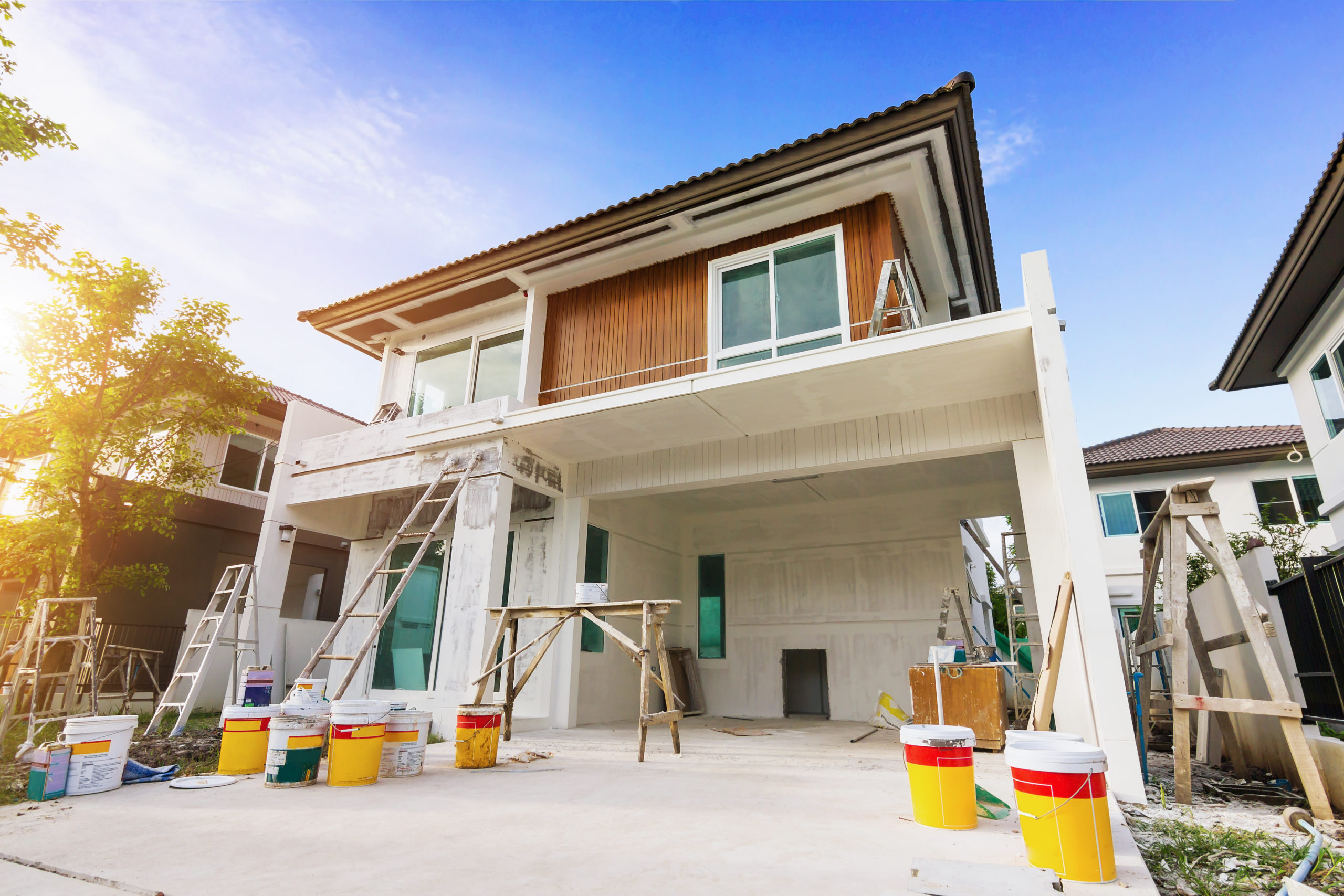Two of the most important determinants in whether a fix & flip property is a good investment are the price you buy the property and the location. If you buy into a bad neighborhood, you may have trouble selling after you’ve made improvements. Or, you may have to sell at a diminished price and lose part of your profits. This is backed up by data on the 10 best states for house flipping.
Next to these two factors, one other important thing to note is the general health of the economy. If the economy is too bad, people may be holding back before buying a house. They may want to rent instead. On the other hand, if the economy is too good, that could drive increased competition in the fix-and-flip markets and diminish the profits for everyone. A buyer’s market is not good for serious real estate investors looking to sell volumes.
So what are the ideal market conditions for fixing and flipping properties?
Is the Economy Right for Fix & Flip Properties?
The overall health of the economy is important for understanding the real estate market. Three metrics worth noting are housing inventory levels, first-time home buyer demand, and whether housing prices are trending upward or downward.
1. Housing inventory – Two years ago, housing inventory was low. It was also the perfect climate for house flippers. That’s because home buyers looking for a property had fewer good selections, especially on the new home front. That creates a higher demand for rehabilitated properties. In 2019, we’re seeing a reversal of the trend. After several years of lowering housing inventory levels, the housing market is turning the other way. It still hasn’t corrected enough that I’d say fix-and-flips are done (in fact, housing inventory still declined), and this is only one metric. But investors should keep an eye on housing inventory levels for the rest of the year.
2. First-time home buyers – For years, the real estate sector was aghast that millennials were waiting to buy homes. The millennial generation has waited longer than any other generation before buying their first homes. Now, they are either buying homes or planning to buy homes. Demand for first-time home buyers is trending upward.
3. House prices – According to the Federal Housing Finance Agency, house prices rose 5.6 percent from January 2018 to January 2019. We’re still seeing prices creeping upward. On top of that mortgage interest rates are on the rise, which means houses could soon be unaffordable for many families.
While the metrics aren’t looking good for fix-and-flip properties, it’s important to realize that we are at the beginning of the turnaround. The housing market saw a few years of these metrics trending downward, now they’re beginning to change. If the trend continues, I’d say investors should start looking toward rental properties instead of fix-and-flip properties. But for now, we likely still have a little time left for fix and flips.
The real estate investing market is constantly in flux. Pay attention to the trends. If fix-and-flips go sour, investors can still turn to the rental market. If the bottom falls out of residential, commercial real estate will likely still be good. And don’t forget the most important idiom in real estate: location, location, location. Just because one fix and flip market turns south doesn’t mean there isn’t opportunity elsewhere. Diversification is just as important within real estate investing as it is for your overall investment portfolio. Marketplace lending will continue to present opportunities for real estate investors interested in asset class diversification.


